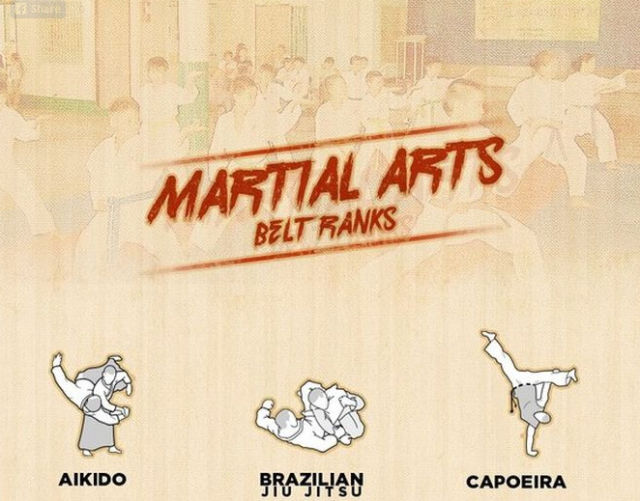The Advancement And Historic Context Of Martial Arts Worldwide
The Advancement And Historic Context Of Martial Arts Worldwide
Blog Article
Author-Chu Liu
Martial arts have an interesting background that covers centuries and continents. You might find it appealing just how ancient methods like Shuai Jiao and Kalaripayattu laid the groundwork for modern-day battle techniques. have a peek here stress physical skills yet additionally reflect the societies that birthed them. As you discover their development, take into consideration how globalization has actually transformed these standard forms into crossbreed styles. What impacts do you believe have formed today's martial arts landscape?
Ancient Martial arts: The Structures of Combat
As you look into the globe of old martial arts, you'll find the rich structures that formed battle methods throughout cultures. Early methods concentrated on Self-Defense and survival, commonly including strikes, hurting, and weaponry.
In ancient China, as an example, techniques like Shuai Jiao emphasized tosses and joint locks, while India's Kalaripayattu showcased agility and liquid activity. Japanese samurai developed Kenjutsu, a refined swordsmanship that highlighted discipline and method.
These martial arts offered not just for fight yet also as a way of individual growth, instilling values like regard and determination. The mixing of these methods gradually prepared for the diverse martial arts you see today, each reflecting the special philosophies and requirements of its society.
The Social Influence on Martial Arts Development
While martial arts commonly show the useful needs of a culture, they also symbolize the social values and ideas of their origins. When you explore different martial arts, you'll discover just how they're affected by faith, philosophy, and social norms.
For example, the emphasis on respect and discipline in Japanese martial arts originates from Zen Buddhism and samurai culture. On the other hand, Brazilian Jiu-Jitsu promotes flexibility and method, shaped by the need for performance in a diverse, multicultural environment.
You may find that the rituals, uniforms, and training approaches reflect a community's history and identification. By understanding these social influences, you strengthen your appreciation of martial arts and their role fit human experiences around the world.
Modern Adaptations and the Globalization of Martial arts
Martial arts have changed considerably in current years, adjusting to modern culture and worldwide influences. You'll see that conventional kinds have combined with contemporary techniques, developing hybrid styles like MMA. These adaptations deal with diverse audiences, making martial arts available and attractive globally.
With informative post of social media sites and electronic systems, you can find tutorials and competitions from all edges of the globe, damaging geographical obstacles. This globalization has brought about a common gratitude for different self-controls, from Brazilian Jiu-Jitsu to Taekwondo.
As you engage with these arts, you'll recognize they're not just about combat; they promote health and fitness, technique, and mental well-being.
Inevitably, modern adaptations have enhanced the martial arts landscape, making it a dynamic and evolving practice.
Verdict
In exploring the history and evolution of martial arts, you discover a fascinating blend of methods, cultures, and ideologies. From old self-controls like Shuai Jiao and Kalaripayattu to the modern versatility seen in MMA, martial arts show humanity's mission for Self-Defense and individual development. As you involve with these practices, you not just acquire skills but also a much deeper recognition for the diverse traditions that shape our world today. So, proceed your journey and welcome the art of combat!
